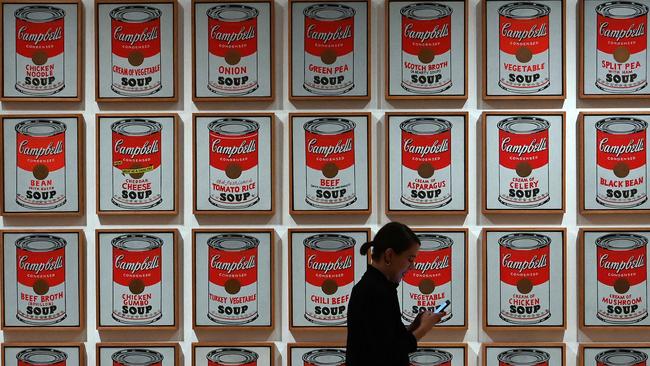
Nothing more starkly highlights the problems than the fate of Sydney’s Powerhouse Museum which, until not so long ago, ranked among the world’s greatest museums of the applied arts and sciences.
Now, eight years after the state’s LNP government triggered an endless series of abrupt policy moves and reversals by announcing that it intended to shut the Powerhouse’s Ultimo site, the museum’s treasures have largely been placed into storage – with several priceless items, including the Bleriot monoplane, which is the oldest historical aircraft in Australia, being severely damaged in the process.
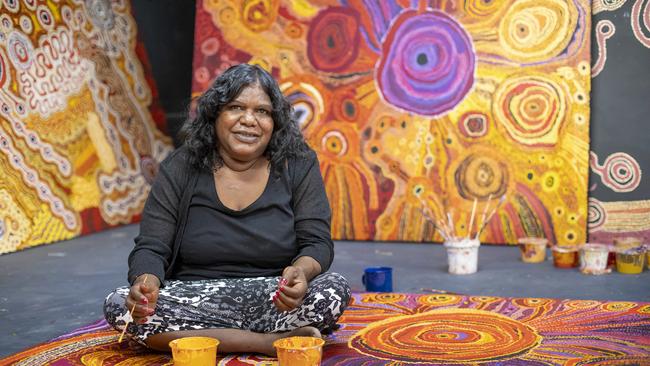
Meanwhile, the very idea of having a museum of applied arts and sciences seems to have been surreptitiously jettisoned in favour of what can be described only as a cross between yet another contemporary arts centre, a fashion venue and a glitzy entertainment mall.
There have been, for sure, moments of comic relief. It was, for example, heartening to hear the then arts minister, Ben Franklin, echo Andy Warhol’s prediction, made back in 1975, that eventually “all museums will become department stores” by stating that the Powerhouse’s new “core” would be a “precinct (showcasing) fashion, design, photography, film, broadcasting and First Nations”.
“Gone are the days when museums and galleries are big rooms filled with glass cabinets,” asserted Franklin, who has clearly not wasted any time in the world’s leading scientific museums; and gone with them, it seems, is any mention of science and technology in an institution whose governing legislation is called the Museum of Applied Arts and Sciences Act.
As for what is to come, it was vividly foreshadowed earlier this year when the Ultimo site hosted an Australia Day “Blak party” on the theme that “the only thing you should be celebrating on January 26 is Blak survival and excellence”.
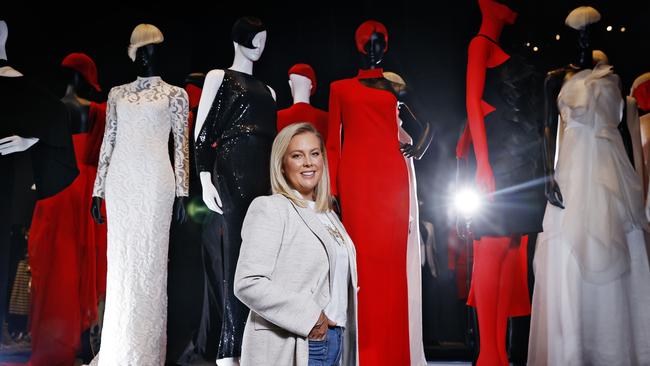
Luckily, an abiding concern for white (or should one say “whyte”?) oppression did not prevent the museum commissioning, at a reported cost of $18,000, gold-plated tableware for the Powerhouse Trust’s annual dinner. Immaculately intertwining filth and ostentation, the plates gracing the placemats of the rich and famous were inscribed with powerful educational messages, such as “Horniest here”, “C..k sucker”, and “You have the sexual prowess of a damp vacuum”.
It would, perhaps, have been foolish to expect less from the Powerhouse’s chief executive, Lisa Havilah. After all, somewhat unusually for the head of an institution that holds, in trust for the public, an extraordinary collection of historical objects, the hip CEO boasts of her willingness to “ignore the weight of history, language and architecture”.
Ignore them she certainly has. Although the data is shrouded in secrecy, it appears that since January 2019, when Havilah came on board, the number of expert conservators has fallen by two-thirds; for the first time in decades, the museum lacks a specialist curator for engineering and transport; as for educational staff, whose tours were among the museum’s great attractions, their numbers have plummeted from 24 to three.
Slashed too is exhibition space. The misnamed “renewal” of the complex at Ultimo – which amounts to a demolition – seems likely to halve the display area, while entirely gutting the site’s state of the art storage facilities. Nor is that loss offset by the new site at Parramatta which, despite its imposing size, cannot host or store large, museum quality, objects and exhibitions.
As a result, what was a depot in Sydney’s outer suburbs is being “repurposed” into the Powerhouse Castle Hill that will hold – and occasionally exhibit – the collection’s magnificent transport and engineering objects at a site where visitor numbers are a minute fraction of those at Ultimo.
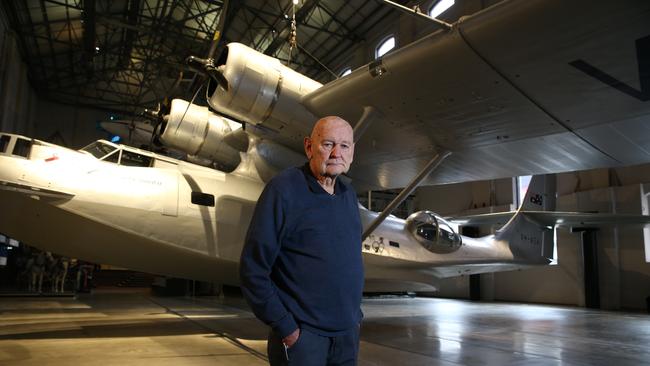
All that is, of course, being done at Pharaonic cost – in the order of $1.5bn – although a sixth of that amount would have sufficed to upgrade the Ultimo complex, retaining, rather than destroying, the integrity of its Sulman award-winning building, which was specifically designed to display the Powerhouse’s works.
Little wonder the cost-benefit appraisal justifying the massive outlays conveniently overlooked that option, which was the least costly and least harmful. And little wonder too that as cost blowouts mounted, the projected visitor numbers in successive cost-benefit appraisals magically increased too, ensuring the expected benefits would continue to exceed (albeit by no more than a hair) the expected costs.
Topping off those creative efforts, which could have landed private sector accountants into the soup, the latest forecast claims the renovated Powerhouse will generate more commercial revenue each year than the National Gallery of Victoria, which is Australia’s most popular museum.
That forecast is entirely fanciful; but what it reflects is a strategy of converting the Powerhouse into a function space and shopping centre, where the collection that has been meticulously built up since 1880 merely provides unusual adornments and striking accoutrements.
There are, nonetheless, some of us who cling to the view the Greeks and Romans held that the sciences are among the highest of the muses.
Inevitably, the sciences look forward: they incessantly scout the vast spaces that remain to be explored, prising open doors previous generations thought were forever locked. “Imagine a world without anaesthetic,” said CS Lewis, reminding us that the “miracles’’ of science, technology and medicine are precisely that, making it possible for far more people than ever to have a chance of living to maturity, of bearing healthy children, of moving upward from bare subsistence.
The founders of the Powerhouse understood that; infused with the spirit of the Enlightenment, they believed that truth and humanity were companions on knowledge’s endless frontier. And its founders also understood that enthusing tomorrow’s Australians with the lure of discovery was crucial to this country’s future.
The institution they built, spanning all of “the useful arts”, was designed to promote that endeavour. Now it is being reduced to a parody of everything it stands for, with even the term museum being stripped from its branding.
It may be that this vandalism is an extreme case. The constituency for science and technology in Australia is weak, and that for their conservation even weaker: our nouveau riche prefer contemporary art and fashion, which more readily pander to the boundless passion for conspicuous consumption.
But that it is being allowed to happen speaks to a crisis of cultural purpose, direction and governance. Our muses are ill; so too are many of our great museums. Unless they are cured, the harm will spread – and a wasteland of the Australian mind will spread with it.


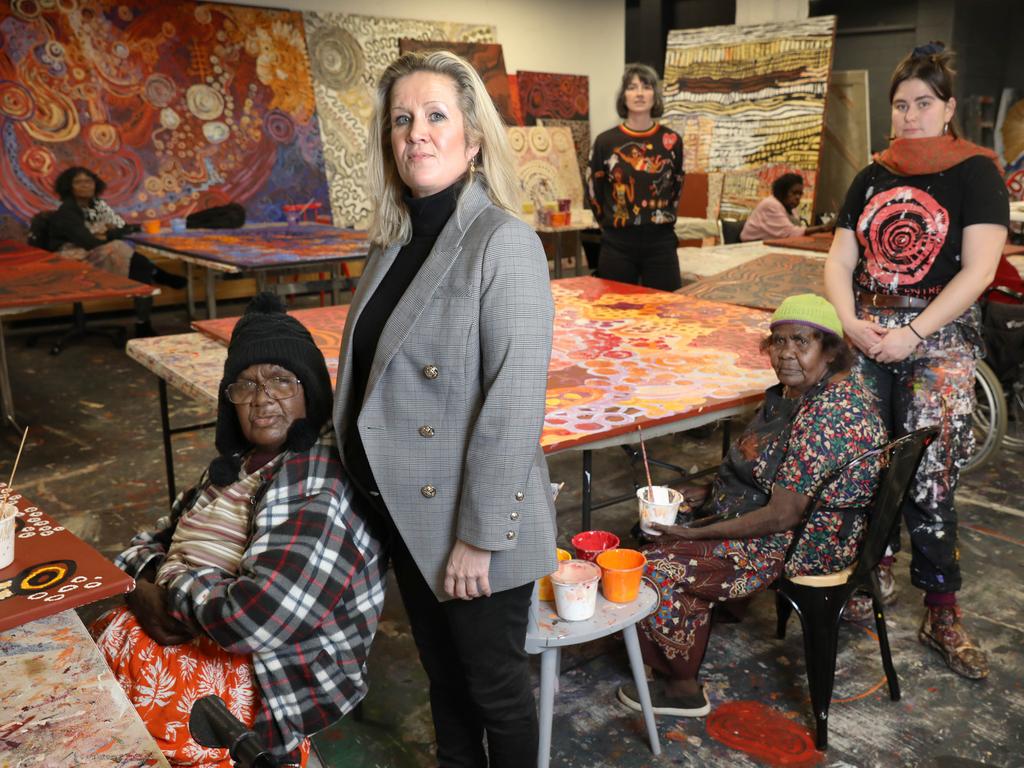
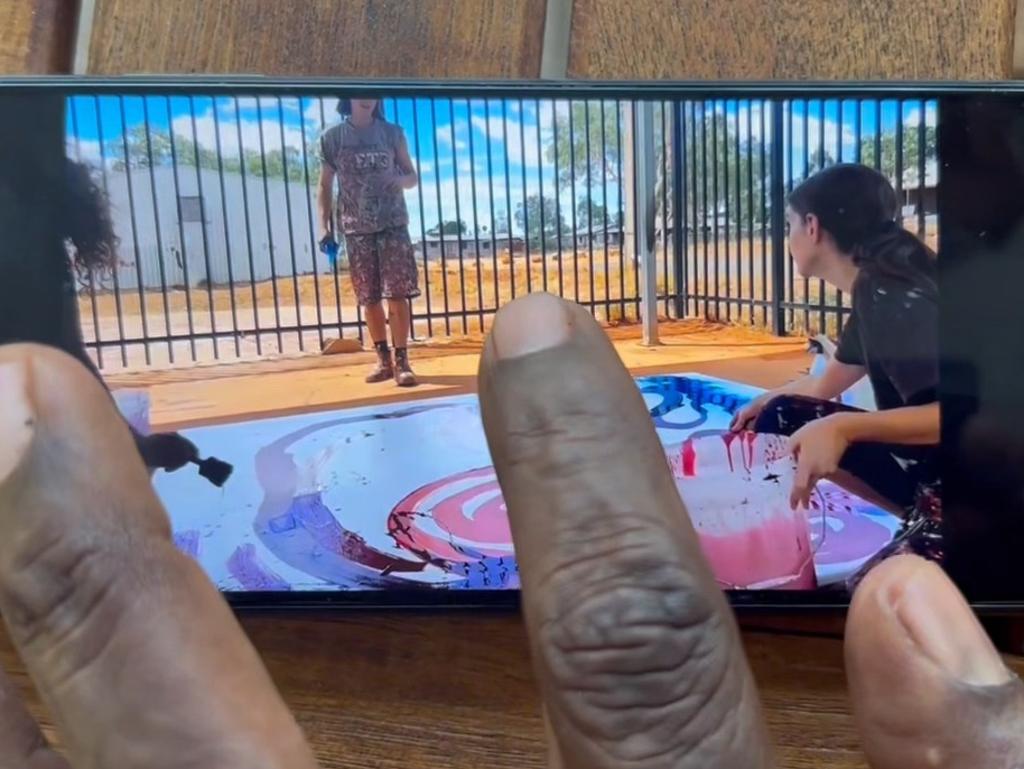



As the fallout from Greg Bearup’s investigation into the APY Arts Centre Collective spreads far and wide, it is not only the National Gallery of Australia that should be under the spotlight. Rather, there is an urgent need for a proper review of the strategy, governance and future of our major cultural institutions.